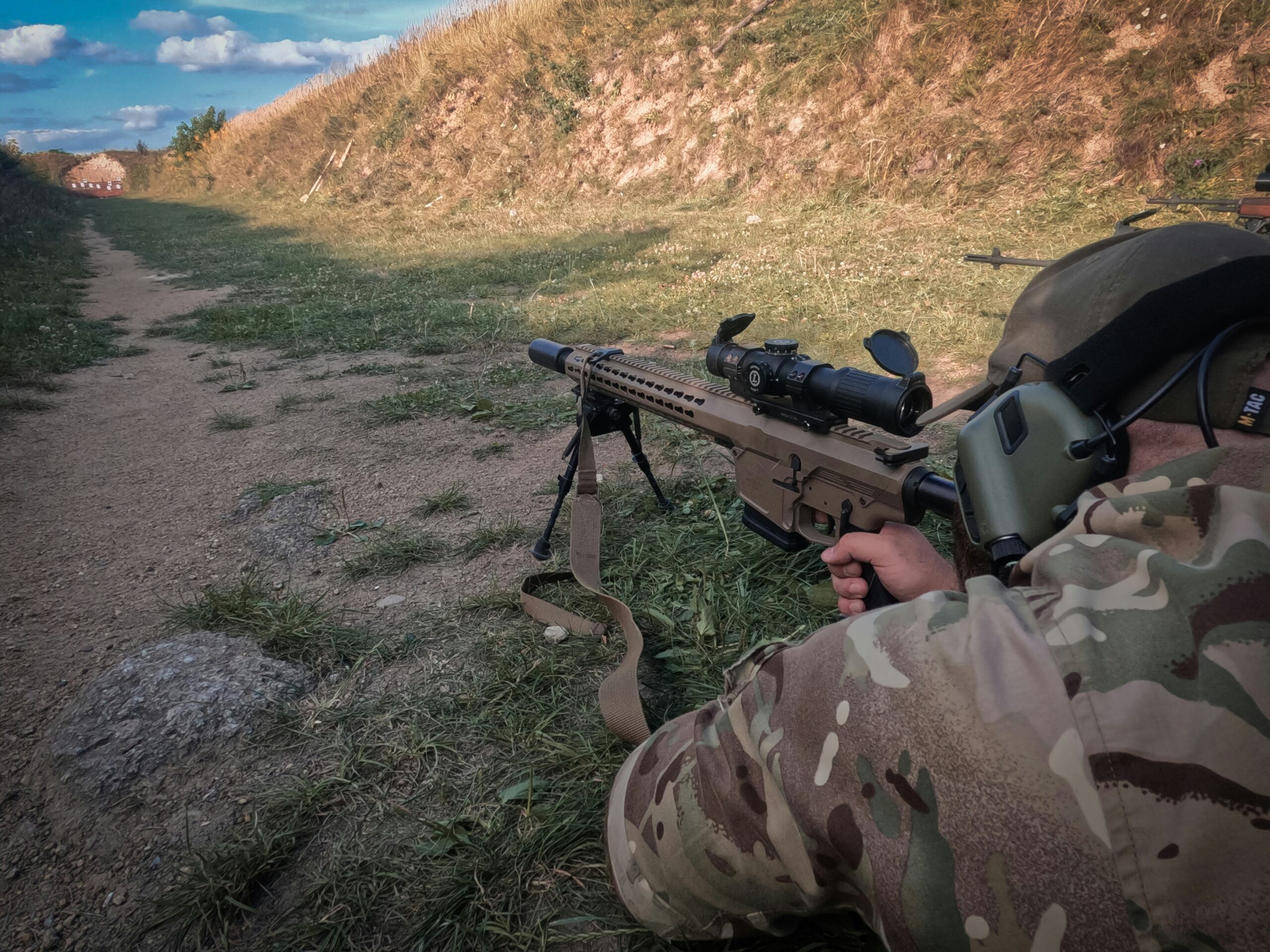“`html
On a recent tempestuous night in Sunderland, a violent incident unfolded that has since gripped the local community and grabbed national headlines. A group of rioters, exhibiting criminal thuggery, targeted a mosque, a revered place of worship, causing substantial damage and igniting a fresh wave of tension within the community. The aggression didn’t stop at the mosque; the rioters also set structural fires to surrounding buildings, escalating the havoc and endangering lives. This outbreak of violence not only scarred the physical landscape of Sunderland but also struck at the heart of the community’s solidarity and peace.
The severity of this event cannot be overstated. The targeting of a mosque signifies a direct assault on religious freedom and harmony, triggering a profound sense of vulnerability among the local Muslim population. The additional destruction of nearby structures only compounded the devastation, leaving several families and businesses in turmoil. For a city that prides itself on its diversity and resilience, this incident has posed significant questions about communal cohesion and the adequacy of the response from authorities.
This blog post delves into the intricate details of this grievous event. It aims to provide a comprehensive understanding of the violent outburst—its origins, the immediate response, and the broader implications for Sunderland. By dissecting each facet of this tragic occurrence, we strive to shed light on the underlying causes and explore potential pathways to prevention and resolution, all while considering the wider societal and cultural dynamics at play.
Timeline of Events
The events began to unfold rapidly on the evening of June 15th in Sunderland, starting at approximately 8:00 PM when initial disturbances were reported in the city center. A group of rioters, seemingly organized, gathered near the main shopping area. Their intentions became clear as they began hurling projectiles at nearby buildings and confronting passersby.
By 8:30 PM, the mob had grown significantly in size and begun marching toward the local mosque located on High Street. Around this time, several small fires were set on secondary roads leading to the mosque, aimed at diverting emergency services and creating further chaos. Witnesses reported hearing chants and seeing graffiti being sprayed on walls, signaling an orchestrated attack on the Muslim community.
At approximately 9:00 PM, the mob reached the mosque, launching an intense assault that involved throwing rocks and other debris at the building. Attempts were made to breach the premises, evident from damage to doors and windows. Fortunately, the mosque’s security measures helped prevent interior access, although the exterior suffered significant damage.
By 9:30 PM, the disorder had spread to surrounding streets. Several vehicles were torched, causing widespread panic among residents. Local businesses were also targeted, with looting and vandalism rampant. The Sunderland Police, in coordination with fire services, were quick to respond but faced difficulty controlling the volatile situation.
As the night progressed, additional police units were deployed, including riot control teams, to restore order. By 11:00 PM, the intensity of the riots began to subside. Strategic blockades were erected, and authorities managed to disperse the crowd through a combination of non-lethal measures and arrests. At this juncture, fire services concentrated on extinguishing fires and securing the impacted areas.
Overnight, authorities maintained a strong presence in Sunderland to avert further violence. Early morning assessments revealed extensive structural damage, and investigations commenced to identify the perpetrators. The swift actions by both police and emergency services were crucial in preventing further escalation.
Damage and Casualties
During the violent outbreaks in Sunderland, the repercussions on property and human safety were profoundly severe. The mosque, which appeared to be the epicenter of the rioters’ hostility, bore the brunt of the damage. Vandalism was rampant, with windows shattered, graffiti defiling the walls, and structural sections of the building set ablaze. The fire, apparently started by incendiary devices, caused significant destruction to the interior, leaving the community with a daunting recovery effort ahead.
Surrounding buildings did not escape the rioters’ fury. Several shops, homes, and other structures in the vicinity were similarly vandalized, their windows similarly shattered, and merchandise stolen or strewn across the streets. The intensity of the violence also saw vehicles targeted indiscriminately; numerous cars were overturned, torched, or otherwise rendered inoperable. The damage extended to public infrastructure, with bus stops, streetlights, and other civic amenities suffering significant harm, which will undoubtedly strain local resources in repair and restoration efforts.
Beyond the material destruction, the human cost of the riots was substantial. There were numerous reports of injuries among residents, many of whom found themselves caught in the crossfire of the chaos. Some individuals sustained serious injuries from physical assaults, flying debris, or during attempts to flee the turmoil. Law enforcement officers, who were deployed to restore order, faced fierce retaliation from rioters. Reports indicate that several officers were injured, some requiring hospitalization due to the severity of their wounds.
Rioters did not emerge unscathed either. Law enforcement forces, compelled to use measures such as tear gas and non-lethal projectiles, resulted in injuries amongst the perpetrators as well. The chaotic scenes left numerous rioters with injuries ranging from minor bruises to more severe conditions requiring immediate medical attention. Irrespective of affiliation, the riots left a scar on Sunderland’s community, both in terms of physical destruction and the toll on its people.
Community Response
The violent actions in Sunderland have provoked a strong response from the local community. Community leaders have condemned the attacks that targeted the mosque and resulted in structural fires, urging a unified front against such acts of criminal thuggery. Sunderland residents have expressed their shock and disbelief, with many vocalizing their determination to promote peace and solidarity in the face of adversity.
Representatives from the affected mosque have reported feelings of fear and sadness but emphasized their commitment to forgiveness and rebuilding. The head of the mosque, Imam Abdullah, stated, “Our place of worship is more than just a building; it is a symbol of faith and unity. We will overcome this challenge together as a community.” His call for unity and resilience has resonated widely, sparking initiatives aimed at fostering intercultural dialogue and mutual respect.
Local organizations and volunteers have been quick to mobilize, offering support to those affected by the violence. Grassroots initiatives have emerged, focusing on providing immediate relief, such as temporary housing for displaced individuals, and long-term solutions like fundraising efforts to facilitate the rebuilding process. Sunderland Council, along with various non-profits, is coordinating to ensure that resources and assistance are available to the victims.
Community organizations have also organized peace vigils and public forums to discuss the incidents and prevent future outbreaks of violence. These events have been well-attended, highlighting the collective will of Sunderland residents to stand against criminal behavior and promote a safe, inclusive environment for all inhabitants. Public statements from these groups emphasize the importance of unity and the broader objective of building a society that values peace over conflict.
Moreover, Sunderland police have received increased support from the community, with residents coming forward with information to help apprehend those responsible for the criminal thuggery. This cooperative spirit exemplifies a shared commitment to ensuring justice is served and that such occurrences do not repeat.
Law Enforcement and Legal Actions
In response to the unsettling events that transpired in Sunderland, local law enforcement mobilized swiftly to address the criminal thuggery that culminated in the riot targeting a mosque and the subsequent acts of arson. Initial police reports indicate a rapid deployment of officers to the epicenter of the unrest, where they worked diligently to secure the area and restore order. These initial actions were critical in preventing further escalation of the violence and ensuring community safety.
The immediate aftermath of the riots saw law enforcement agencies engage in a series of coordinated efforts designed to apprehend those responsible. Local police, working in tandem with specialized investigative units, have so far arrested several individuals believed to have participated in the violent activities. These arrests are a testament to the rigorous investigative procedures and the robust response protocol of the Sunderland police department.
Ongoing investigations have been underscored by a commitment to thoroughness and justice. Law enforcement agencies continue to gather evidence, including surveillance footage and eyewitness testimonies, to build comprehensive cases against the perpetrators. This diligent investigative work aims to ensure that those who engaged in criminal behavior during the riots are held accountable.
Legal actions have been initiated against the arrested individuals, with charges ranging from public order offenses to more severe accusations of arson and hate crimes. These charges reflect the gravity of the actions undertaken by the rioters and the serious legal consequences they now face. Police officials have emphasized that the judicial process will be pursued vigorously to provide justice and deter future incidents.
Statements from police officials underscore a resolute stance on preventing any recurrence of such incidents. Measures to enhance community policing and increase surveillance in sensitive areas have been introduced as part of a broader strategy to maintain public safety and prevent future unrest. Sunderland police officials remain steadfast in their commitment to the protection and security of all community members.
Potential Causes and Motivations
The genesis of the recent riots in Sunderland, where a mosque was targeted and structural fires were set, demands a thorough investigation into the underlying causes and motivations. It is necessary to scrutinize social, economic, and political factors that could have fueled such unrest. Sunderland, like many other urban areas, has been grappling with socio-economic difficulties, including high unemployment rates and a noticeable disparity in wealth distribution. These economic challenges often exacerbate social tensions, making it more likely for local grievances to manifest violently.
Political dynamics in Sunderland and the broader North East England region also play a crucial role. Rising populism and nationalism, coupled with anti-immigrant sentiment, have fostered an environment of division and hostility. Such ideologies, when propagated via social media and local political discourse, can incite segments of the population to violent action under the guise of protecting cultural identity or economic interests. Additionally, Sunderland has witnessed contentious events related to the national political climate, such as Brexit, which have polarized communities and heightened tensions.
Specific triggers must also be considered to contextualize the riots. Prior incidents of communal violence, perceived injustices, or inflammatory rhetoric from influential individuals or groups can act as catalysts for such disturbances. Investigating whether recent police actions, court decisions, or local government policies could have incited the recent events is vital. The confluence of these factors suggests a complex interplay of localized socio-political dynamics and broader national trends.
The socio-political context of Sunderland offers further insights. Historically, the region has experienced phases of industrial decline, affecting community cohesion and leading to disenfranchisement among certain demographic groups. Addressing these root causes necessitates a multifaceted approach that includes economic revitalization, inclusive political dialogue, and community engagement initiatives aimed at fostering social harmony.
Impact on Local Relations and Safety
The recent episode of criminal thuggery in Sunderland has cast a long shadow over local relations and public safety. Community sentiment has noticeably shifted, with heightened anxiety and wariness becoming prevalent among various demographic groups. In the wake of the mosque attack, Muslim community members have expressed fear and insecurity, concerned about potential recurring acts of violence. Such an incident inevitably exacerbates existing tensions, impacting the sense of unity within Sunderland.
Local leaders and community representatives have stepped forward, calling for calm and advocating for dialogues to bridge the widening chasm between the communities. Their immediate responses include organizing interfaith meetings and public forums to discuss the causes and possible solutions to the discordant environment. These steps are instrumental in addressing the root causes of the discontent and in fostering an atmosphere of reconciliation and mutual understanding. These efforts, however, are just the beginning of what promises to be a prolonged campaign for peace and trust rebuilding.
Public safety has also come under intense scrutiny. Residents’ confidence in local law enforcement has been shaken, leading to calls for increased patrolling and enhanced surveillance, particularly around places of worship and other potential targets. Police authorities have responded by reporting a bolstered presence and adopting more proactive measures, intending to deter further incidents and reassure the public of their safety.
On a broader scale, Sunderland council members are contemplating long-term strategies to ensure sustained communal harmony and safety. This includes potential policy changes aimed at better integrating communities, as well as educational programs that promote diversity and inclusion. The goal is to cultivate an environment where differences are not just accepted but celebrated, transforming Sunderland into a paradigm of peaceful coexistence.
Ultimately, the pathway to restoring a sense of security and unity lies not only in immediate actions but also in ongoing, concerted efforts to build a more inclusive and resilient community. The incident serves as a stark reminder of the fragile nature of social relations and the continuous need for vigilance and proactive engagement in community building.
Looking Forward: Pathways to Peace and Recovery
In the aftermath of the tragic events in Sunderland, the road to peace and recovery requires a multifaceted approach. The community must come together to address the root causes of the unrest and lay the foundations for a more harmonious future. One of the key strategies for conflict resolution involves open dialogue and mediation between conflicting groups. Establishing community forums where grievances can be voiced and addressed is crucial. Mediators, including trained professionals and respected community leaders, play an integral role in these dialogues, fostering mutual understanding and respect.
Community rebuilding efforts are equally important. This includes the restoration of damaged properties and the provision of support services to affected families and individuals. Volunteering and collaborative rebuilding projects can foster a sense of solidarity and shared purpose among residents. Additionally, mental health support should be made available to those traumatized by the violence, as psychological recovery is a vital component of the overall healing process.
Promoting social cohesion involves long-term initiatives that cultivate a sense of belonging and inclusivity. Educational programs that emphasize tolerance, cultural understanding, and conflict resolution can help prevent future incidents. Schools, community centers, and local media can all play pivotal roles in disseminating these positive messages. Youth engagement programs that provide constructive outlets for young people, such as sports, arts, and vocational training, can also divert potential negative behavior and foster a sense of community pride.
The role of local and national government is paramount in supporting these efforts. Policies that address socio-economic disparities and invest in underserved communities can mitigate some of the underlying tensions that lead to conflict. Government agencies should work closely with non-governmental organizations (NGOs) and community groups to ensure resources are allocated effectively and that recovery initiatives are adequately funded and staffed.
In conclusion, a comprehensive and coordinated effort is necessary to rebuild Sunderland and cultivate lasting peace. By addressing immediate needs, fostering dialogue, and implementing long-term social programs, the community can overcome this dark chapter and emerge stronger and more united.



